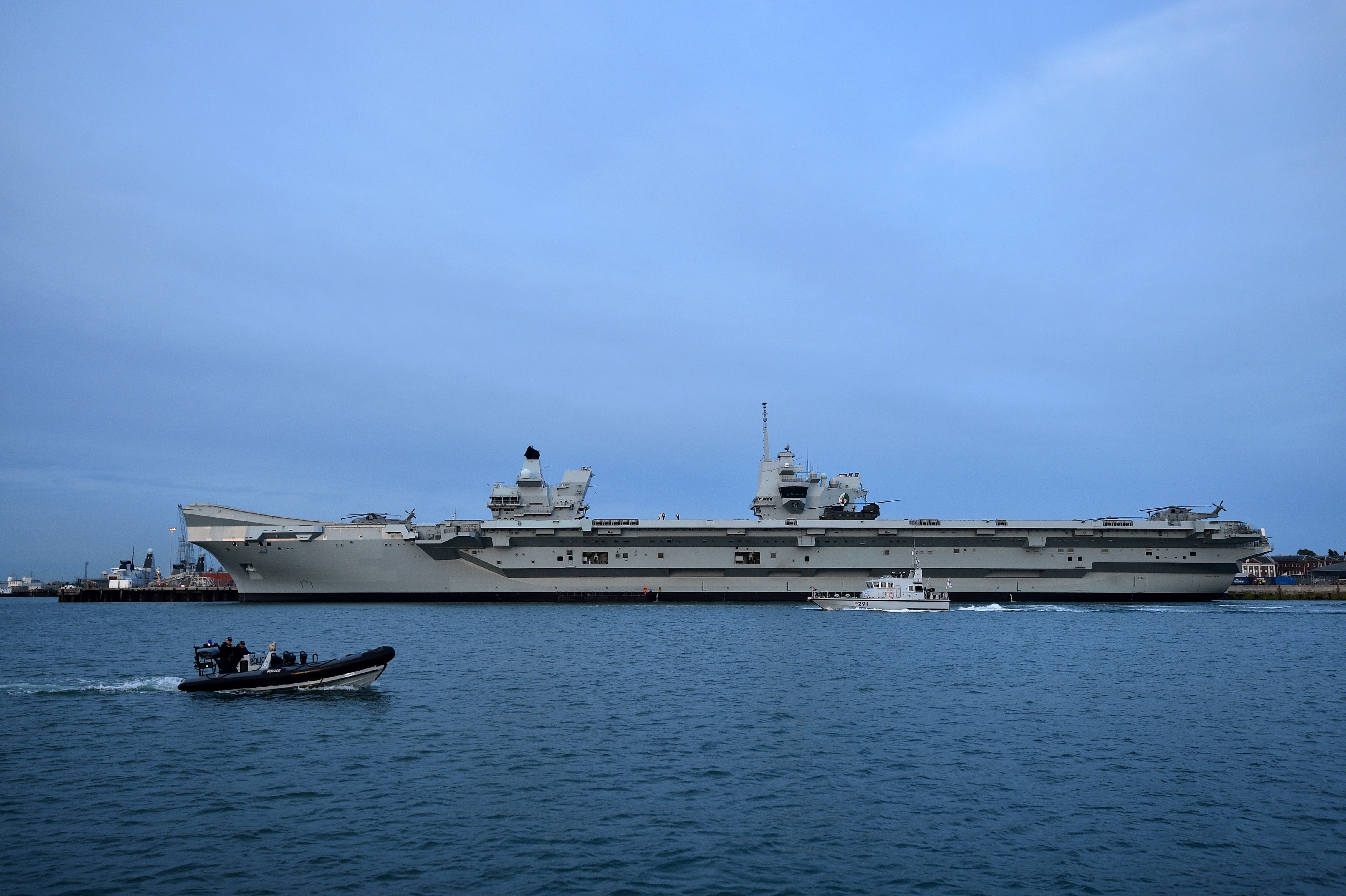LONDON – Nearly 750 armored vehicles purchased by the British Ministry of Defence to combat the threat of roadside bombs in Afghanistan are being axed from the Army’s force structure.
Mastiff, Ridgeback and Wolfhound armored fleets are to be pensioned off in the latest drawdown of vehicles under the Land Environment Fleet Optimisation Plan (LEFOP) by the British Army, MoD procurement minister Jeremy Quin told lawmakers this month.
The plan includes the complete deletion of some fleets and the reduction in size of others, as vehicle numbers are right-sized to reflect the needs of the British Army.
Some 733 of the vehicles built by US manufacturer Force Protection, subsequently acquired by General Dynamics, are to go in the latest cull of counterinsurgency-specific rides purchased by the British to provide better protection for troops against improvised explosive devices.
„The Army continues to rationalise its legacy vehicle fleets, work commenced in 2017 under the Land Environment Fleet Optimisation Plan. This work has already removed 2,831 vehicles from service and disposed of a number of legacy vehicle fleets. The next strand of this work seeks to remove several further legacy vehicle types from service, including the disposal of the Mastiff, Ridgeback and Wolfhound fleets,“ Quin said in a July 2 written answer to a question asked by a lawmaker.
The vehicles will be disposed of, possibly by sales to foreign defense departments, over the next few years.
The British purchased thousands of armored vehicles, mainly under its urgent rapid procurement scheme for meeting urgent needs, to improve protection for patrol and logistics operations.
With the end of Britain’s Afghan combat campaign in 2014 the vehicles were largely taken into the Army’s core equipment program.
In part that was to ensure the Army had the capability to respond to possible future stabilization operations, but also because the British had prevaricated for so long over buying 8x8 armored personnel carriers and other programs they were short of capability.
Now a slimmed-down British Army finds itself with more vehicles than its force structure requires.
Some of the vehicles removed from service will be replaced with a reduced number of better, modern, digitized platforms such as Boxer, which have broader utility and improved protection.
Britain has purchased 500 Artec Boxer 8x8′s with the first vehicles expected to arrive in Army units in 2023.
RELATED

Britain’s top soldier, General Sir Nick Carter, the Chief of the Defence Staff, was questioned by the Parliamentary Defence Committee July 7 about whether the counter-IED fleets had a future.
His response ? It depends on your view of the world, money and what the government's upcoming integrated defense review says.
„It’s a question of how you see the world in the future. If you think it is inconceivable that there will be a stabilization operation somewhere round the world, those capabilities can be pushed to one side. The question, of course, is whether you hedge for a stabilization operation in the future and whether you feel you need platforms that are counter-IED-based platforms. A judgment needs to be made in the course of the integrated review as to whether or not you want to keep spending money on keeping them going,“ Carter told the committee.
In part that judgement is already taking place without the help of a review which is more likely to hit, rather than enhance, MoD’s already under-pressure budget.
Further reductions in Army personnel numbers are rumored to be one of the options under consideration by the review led by the Prime Minister Boris Johnson and his special advisor Dominic Cummins.
Buffalo ordnance-clearance vehicles, Talisman counter-IED system and Vixen patrol vehicles have already been removed from service, while the Navistar Defense-built Husky protected support vehicle and two versions of armed Land Rovers are in the process of being axed.
Not all the vehicle reductions are related to purchases for missions in Afghanistan and Iraq. Hundreds of MAN SV 6T trucks, a handful of BAE Systems Terrier tracked combat engineering vehicles and a number of Iveco Panther protected patrol vehicles are among other vehicle types set to be reduced in numbers as part of the Army’s plan.
Andrew Chuter is the United Kingdom correspondent for Defense News.







